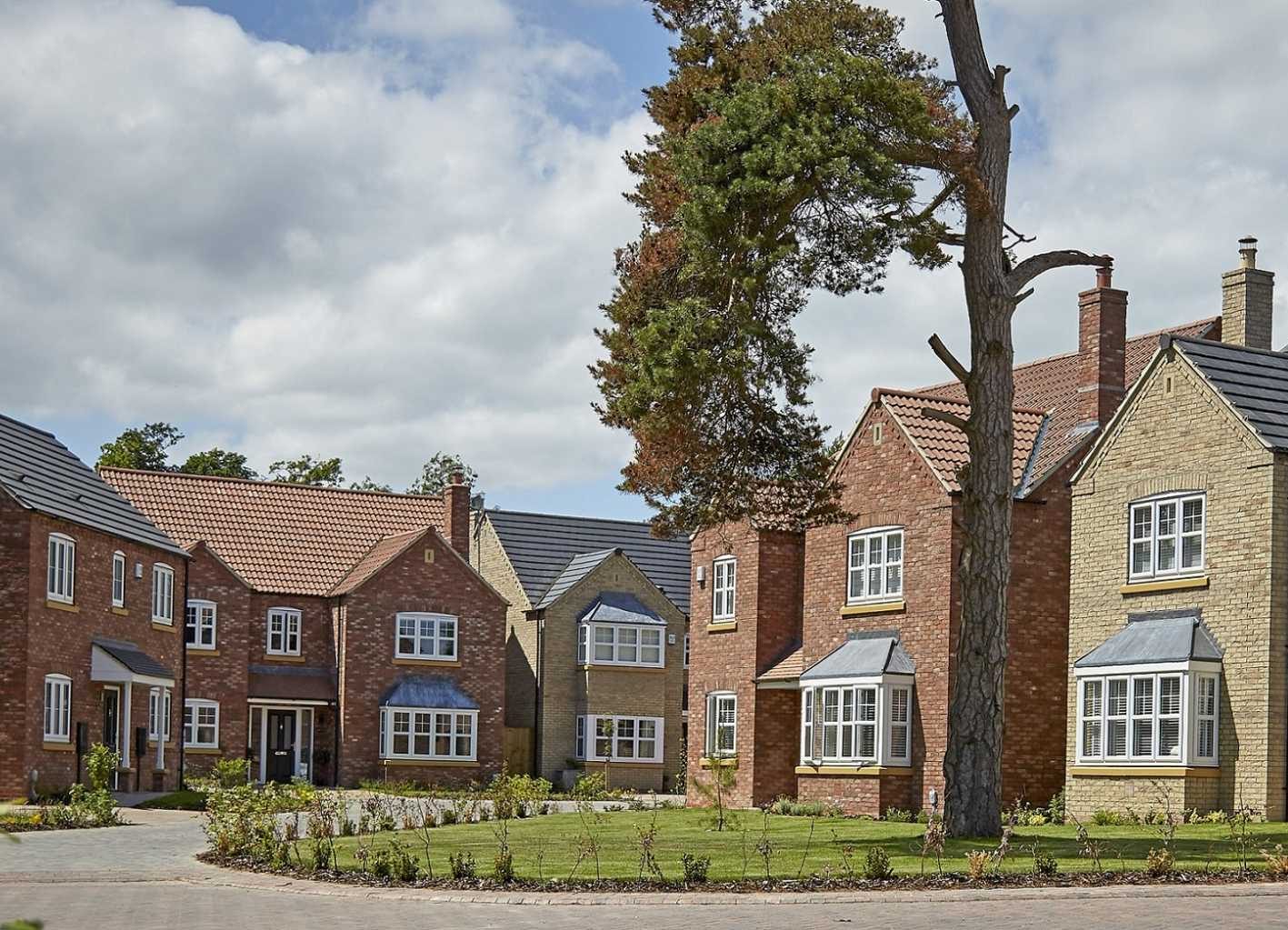With rising energy prices and the cost of living hitting the headlines, saving money on your bills and having that bit extra in your pocket has never been more important.
It also highlights the many benefits of buying a new-build home – including that they’re highly energy efficient.

According to a recent study from the Home Builders Federation (HBF), new-build home owners saved an average of £555 in the year up to September 2021 compared to owners of older properties.
That’s equivalent to three weeks of the average mortgage and it’s yet another reason why buying a Beal home is such a sound house-buying decision.
All Beal homes have a B-rated Energy Performance Certificate (EPC), which is considered the benchmark of energy efficiency for residential properties. In contrast, just three per cent of older properties achieve an EPC B rating.

The way we build our homes plays the biggest part in that, but we also care about the smaller things. All of our light fittings are energy efficient and buyers have the option to request an electric vehicle charging point as an upgrade.
Sue Waudby, Beal’s Sales and Marketing Director, said: “We know that, with energy prices and other bills rising, buyers are extremely conscious of the costs of running a home.
“Buying a new-build home gives you the confidence that you are investing in a property which is at the top end of the energy efficiency scale. That means you’ll benefit from significant savings on your energy bills.
“You can keep your new home warm at a reduced cost and, because a more energy efficient home is also a more carbon efficient home, you’ll be reducing your carbon footprint too.”

Don’t just take our word for it – the HBF report published in March 2022 and based on domestic energy bills in the year to September 2021, highlighted the huge savings made by owners of new homes, compared to those with older properties.
The report compared the energy cost and efficiency of just under 1.7 million homes, both new and old, across the UK.
Standout findings in the report include:
- New-build home owners pay on average £70 per year for lighting, compared to £82 for owners of older homes.
- The average annual cost of hot water in a new-build home is £113 – less than the £141 average for older properties.
- Total bills for new-build homes averaged £666 per year – £555 less than the average of £1,029 for older homes.
Put simply, the annual savings for a new-build home could pay for a cup of coffee every working day for a year, or a Premier League season ticket at a number of football clubs.
And, don’t forget, all of this is before the hike in energy bills that took effect from the beginning of April, with more significant increases set to come in October.

Beal Technical Director Guy Jewitt said: “Our cavity walls and floor construction exceed industry requirements and all our homes have highly effective loft insultation. Plus, all of our homes come with energy efficient light fittings. These factors add up to help you save hundreds of pounds a year on your energy bills, compared to living in an older property.
“In addition, we offer an option to make our homes ready for an electric vehicle charging point to be fitted, which saves time, money and hassle compared to a retro-fitted installation.”
New-build homes are also better for the planet – the HBF report found new-build home owners saved over 570,000 tonnes of carbon in the year to September 2021.
In a world where we all need to be playing our part in combating climate change, choosing a new-build home means you’re making a major contribution to a more sustainable future.
